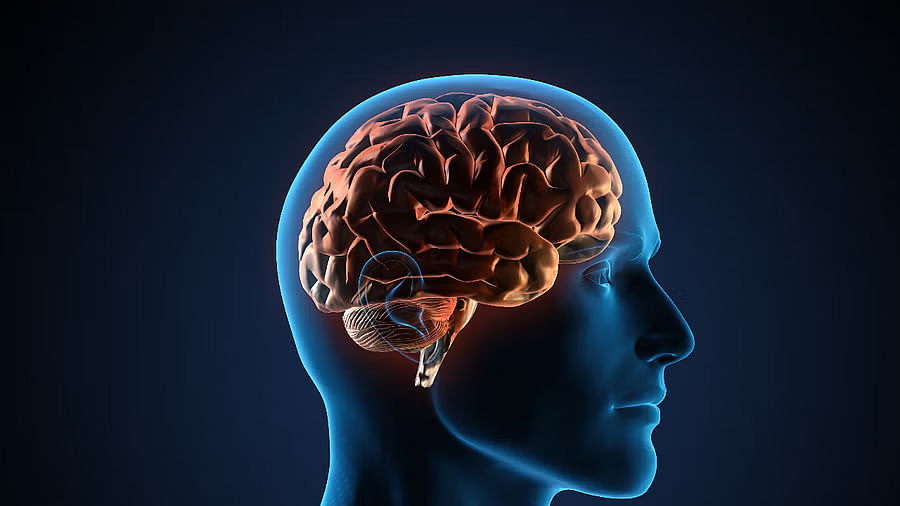
Representative image of brain
Credit: iStock photo
New Delhi: Mixed emotions are found to be real, with a study finding unique brain activity when experiencing them.
Experiencing two or more conflicting feelings can explain mixed emotions.
While monitoring the brains of people as they watched an animated short film One Small Step, researchers observed a heightened activity in their amygdala, which helps process emotions, and nucleus accumbens, which plays a role in pleasurable experiences.
The researchers from the University of Southern California, US, found this activity to be different from that observed when people reported experiencing a purely positive or negative emotion.
"Not only did we find brain activity that was correlated with mixed emotions, but we found that it held steady over time. You're not ping-ponging between negative and positive. It's a very unique, mixed emotion over a long period," Anthony Vaccaro, a postdoctoral researcher at the University of Southern California and lead author of the study published in the journal Cerebral Cortex, said.
Emotions are often thought to exist only on a range from negative to positive.
However, even though mixed emotions are a common experience, they have been understudied scientifically, according to the researchers.
It could be because it is easier to study one feeling at a time, they said.
As part of the study, the participants' brain activity was being monitored using MRI, as they watched the animated film the first time. The participants then rewatched the movie without MRI and indicated when they experienced positive, negative or mixed emotions.
The researchers then compared these reports with the MRI imaging results.
They also found that they could predict when an individual was going to shift emotions.
Particular regions of the brain, like the insular cortex (involved while experiencing compassion and empathy and for perception) displayed significant changes as the participants reported an emotional transition, the authors said.
"There’s a certain sophistication that is required to sit with a mixed emotion and to allow yourself to feel positive and negative at the same time.
"Looking into that more, exploring the benefits of being able to accept positive and negativity at the same time within yourself, is something we think is worth study," co-author Jonas Kaplan, an associate professor (research) of psychology at the University of Southern California, said.